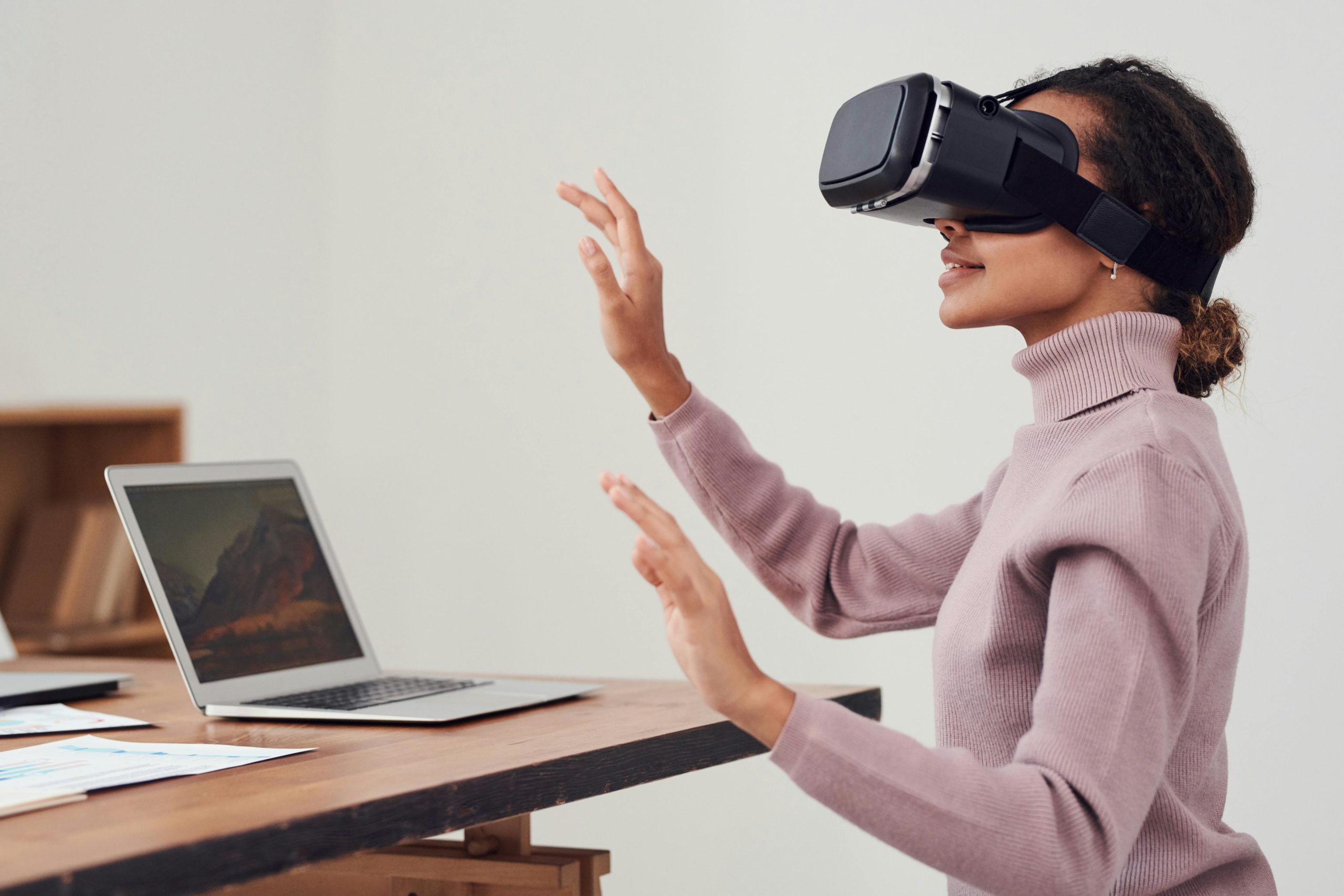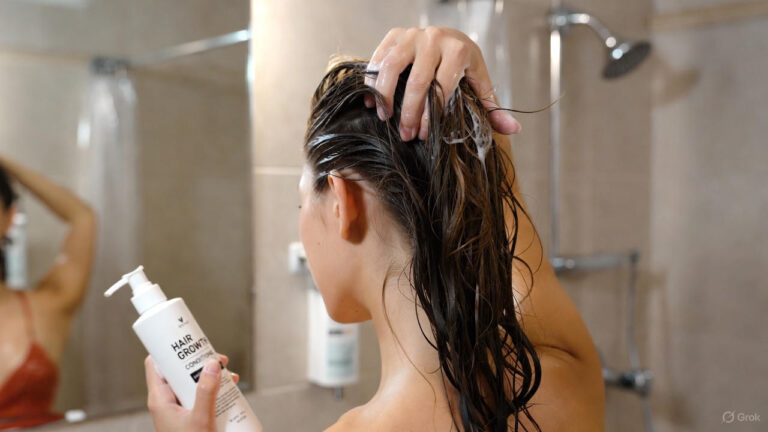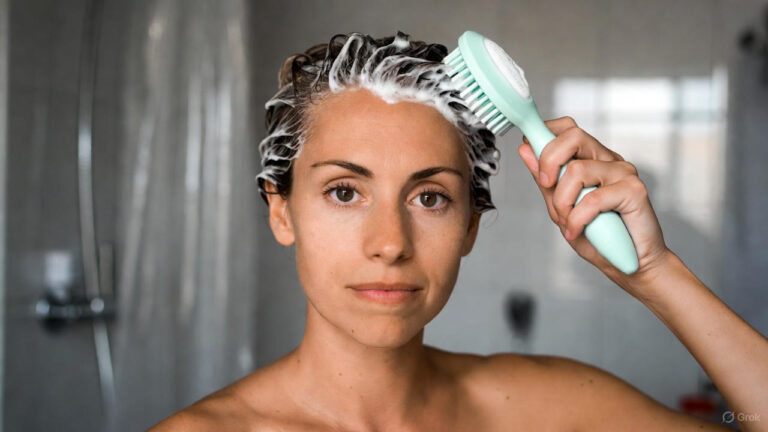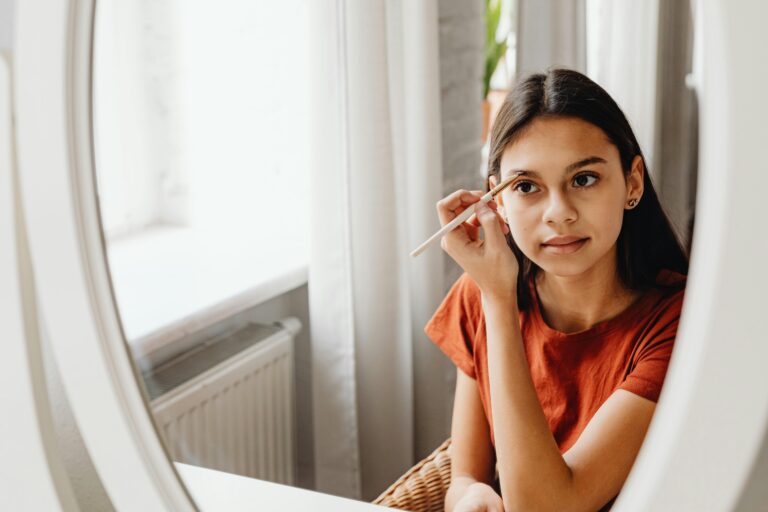In recent years, virtual reality (VR) gaming has surged in popularity, offering immersive experiences that transport players to fantastical worlds and alternate realities.
But beyond entertainment, VR technology is also reshaping the beauty industry, providing new avenues for exploration, creativity, and self-expression.
From virtual makeup applications to customizable avatars, the connection between beauty and virtual reality gaming is changing rapidly, blurring the lines between the digital and physical worlds.
In this article, we’ll delve into the captivating world where beauty meets virtual reality gaming, exploring the innovative ways in which these two domains intersect and influence each other.
The Evolution of Virtual Reality Gaming
Virtual reality gaming has come a long way since its inception, with advancements in technology continually pushing the boundaries of what’s possible.
What once seemed like science fiction is now a reality, thanks to the development of high-fidelity headsets, motion tracking sensors, and immersive audio systems.
Today, VR gaming offers players an unprecedented level of immersion, allowing them to step into fully realized virtual worlds and interact with their surroundings in ways previously unimaginable.
The Rise of Beauty in Virtual Reality
As virtual reality gaming has grown in popularity, so too has the integration of beauty-related content and experiences within these digital worlds. Virtual makeup applications, for example, allow users to experiment with different cosmetic products and looks in a virtual environment, without the need for physical makeup or mirrors.
Similarly, customizable avatars and character creation tools enable players to design and personalize their in-game personas, including their appearance, hairstyle, and clothing.
Immersive Beauty Experiences
One of the most exciting aspects of the connection between beauty and virtual reality gaming is the potential for immersive beauty experiences that transcend the limitations of the physical world.
Virtual reality environments can simulate various lighting conditions, weather effects, and settings, allowing users to test makeup looks and skincare products in different scenarios and contexts. From beachside sunsets to glamorous red carpet events, virtual reality offers endless possibilities for exploring and experimenting with beauty.
The Role of Augmented Reality
Augmented reality (AR) technology also plays a significant role in bridging the gap between beauty and virtual reality gaming. AR-powered apps and platforms enable users to overlay digital elements onto their real-world surroundings, blurring the lines between the physical and digital worlds.
In the context of beauty, AR technology can superimpose virtual makeup looks onto the user’s face in real time, allowing them to preview different cosmetics and styles before making a purchase.
The Future of Beauty and Virtual Reality Gaming
As technology continues to advance, the connection between beauty and virtual reality gaming is only expected to grow stronger. From AI-driven beauty advisors to virtual beauty influencers, the possibilities are endless for leveraging virtual reality and augmented reality to revolutionize the way we interact with beauty and cosmetics in the digital era.
Whether it’s exploring new makeup trends, experimenting with avant-garde looks, or connecting with like-minded beauty enthusiasts in virtual communities, the future of beauty in virtual reality gaming is bound to be exciting and transformative.
Conclusion
The intersection of beauty and virtual reality gaming represents a thrilling frontier of innovation, creativity, and self-expression. As virtual reality technology continues to change and become more accessible, the possibilities for immersive beauty experiences are virtually limitless. Whether it’s experimenting with virtual makeup, designing custom avatars, or exploring virtual beauty worlds, the connection between beauty and virtual reality gaming offers a glimpse into a future where imagination knows no bounds.
FAQs
Q1: How accurate are virtual makeup applications in simulating real-world results?
Virtual makeup applications utilize advanced algorithms and image recognition technology to accurately simulate how makeup products will appear on the user’s face in different lighting conditions and angles. While virtual makeup may not always perfectly match real-world results, it provides a close approximation that can help users make more informed decisions when selecting cosmetics.
Q2: Can virtual reality gaming help improve real-world beauty skills?
Yes, virtual reality gaming can help improve real-world beauty skills by providing a platform for experimentation, practice, and learning. Virtual makeup applications, for example, allow users to try out different techniques and looks in a risk-free environment, helping them develop their skills and confidence before applying makeup in real life.
Q3: Are there any virtual reality games specifically focused on beauty and cosmetics?
Yes, there are several virtual reality games and experiences that are specifically focused on beauty and cosmetics. These range from virtual makeup applications and makeover simulations to immersive beauty worlds where players can explore and interact with virtual beauty products and environments.
Q4: How can virtual reality gaming promote inclusivity and diversity in beauty?
Virtual reality gaming offers an opportunity to create inclusive and diverse beauty experiences that cater to a wide range of skin tones, ethnicities, and identities. By allowing users to customize their avatars and experiment with different looks, virtual reality gaming can promote representation and celebrate diversity in beauty in ways that may not always be possible in the physical world.
Q5: What are some potential ethical considerations associated with virtual reality gaming and beauty?
Some potential ethical considerations associated with virtual reality gaming and beauty include issues related to privacy, data security, and the perpetuation of unrealistic beauty standards. Developers and stakeholders need to prioritize user safety, consent, and diversity when designing virtual reality experiences and platforms related to beauty and cosmetics.



